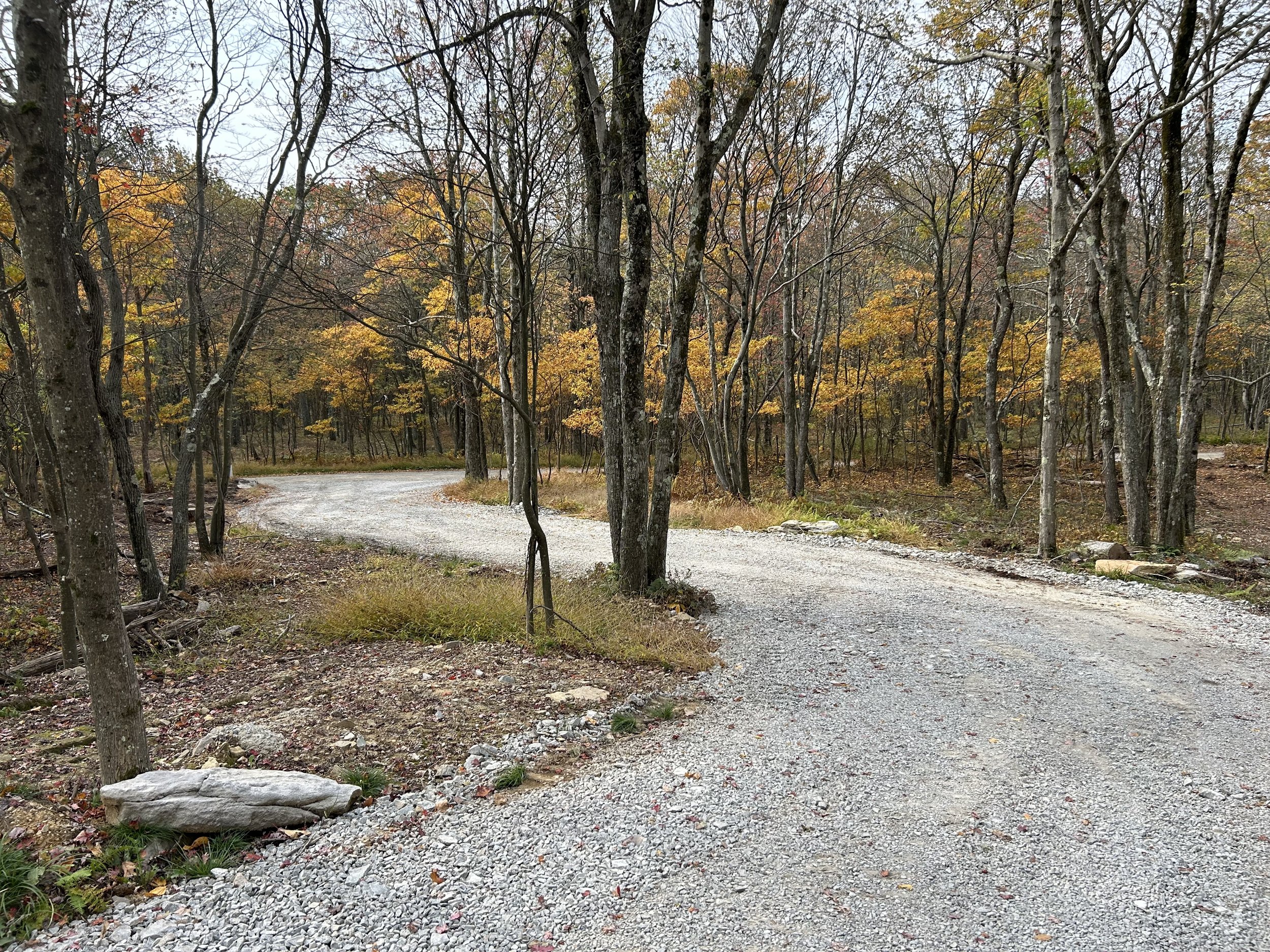The Key to a Long-Lasting Gravel Road: Water Management
Gravel roads are a popular choice for many homeowners and property owners due to their affordability and ability to keep mud off driveways and walkways. However, not all gravel roads are built to last.
One of the biggest factors in a road’s durability is water management. Poor drainage can cause premature failure, leading to erosion, potholes, and unstable surfaces. The key to a well-performing gravel road is ensuring proper runoff management from both the road itself and surrounding structures.
That’s why our process begins with a thorough assessment of water flow issues. Before delivering any stone, we address drainage concerns to create a solid foundation, ensuring a longer-lasting and more reliable gravel road.
Here’s our general process:
Proper Preparation: The Foundation of a Durable Gravel Road
The key to a long-lasting gravel road starts with thorough preparation. This crucial phase begins with removing topsoil, organic material like stumps, and large rocks. Clearing these elements is essential to prevent settling and ensure a stable base.
Once the site is cleared, the subgrade is carefully shaped and compacted to create a strong foundation. To further enhance durability and prevent water-related issues, ditches and swales are excavated along the road, allowing for proper drainage.
By taking the time to prepare the land correctly, we set the stage for a gravel road that performs well and stands the test of time.
Building a Strong Base: The Backbone of a Gravel Driveway
A solid base is essential for a durable and long-lasting gravel driveway. One of the most commonly used materials for this foundation is #3 gravel, though slate can be an excellent, cost-effective alternative.
To ensure stability and prevent shifting over time, we highly recommend compacting the base using a vibratory roller. This process locks the material into the subgrade, creating a firm and reliable foundation for the layers to come.
Proper base preparation is a crucial step in building a driveway that can withstand heavy use and changing weather conditions for years to come.
Choosing the Right Top & Wear Layer for Your Gravel Road
The top and wear layer of a gravel road is essential for durability, traction, and long-term performance. The right material depends on the terrain, but one of our top recommendations for any gravel road is recycled millings.
Millings compact over time, creating a firm, low-maintenance surface that resists shifting and erosion. They are also easy to repair, making them a cost-effective and durable option. While 2A stone is can be used for sloped roads due to its stability, and 2B stone or pea gravel work well for flatter surfaces, many people choose to mix gravel with millings for added strength and longevity.
By selecting the right materials, you can create a gravel road that holds up to heavy use and changing weather conditions with minimal upkeep.
US DEPARTMENT OF TRANSPORTATION - FEDERAL HIGHWAY ADMINISTRATION
Steep driveway with 2A
Flat driveway with 2B
Steep driveway with asphalt millings




